It's been ten years since Pluto was officially re-classified as a dwarf planet. Some, myself included, sarcastically refer to this event as Pluto's having been 'demoted' from full planetary status, as if there were some sort of hierarchy of celestial objects.
But these artificial classifications don't matter to the objects being classified. Pluto is no worse off than it was as a planet. All that these classifications really do is help us understand what these objects are. And for that, the planet and dwarf planet classifications have completely failed.
When we think of the different types of objects that exist in the cosmos, this is what that hierarchy typically looks like:
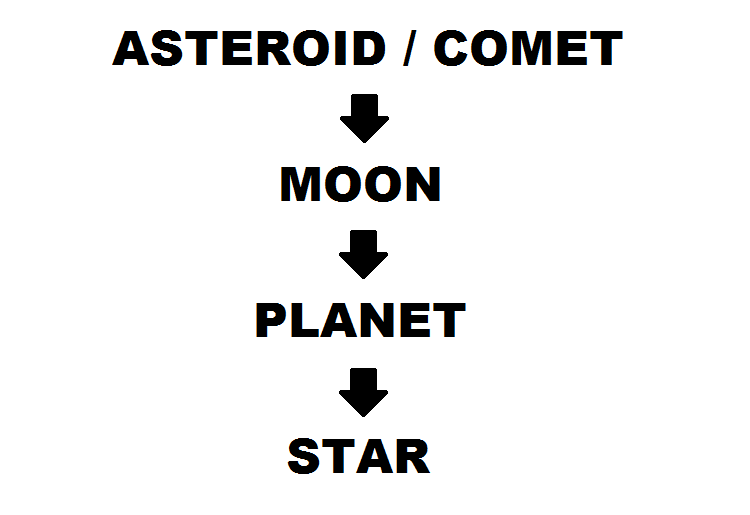 If only it were so simple Image: Dan Levesque.
If only it were so simple Image: Dan Levesque.
But the reality is far more complex. Each classification has an abundance of branches and exceptions, and the lines drawn between any one class of object can be significantly blurred.
For example, there's another class of object known as a brown dwarf that's in between the mass of a planet and a star. At approximately 13 to 75 times the mass of Jupiter, brown dwarfs are able to fuse heavier elements in their cores and emit infrared radiation, yet aren't massive enough to spark hydrogen fusion. As a result, these brown dwarfs hover somewhere in between the largest planets and the smallest stars.
There's also a lot of variability at the planetary level, and definitions start to get a bit wonky at the cut-off points between different types of objects. I mean, it's not like the size of a planet crosses a threshold where the Universe itself is like 'alright, that's that, we have ourselves a planet'. Planet and dwarf planet are human-made terms intended to place similar objects among common classifications. But what if the broad range of cosmic objects out there makes these artificial categories ambiguous?
A NEED FOR CLASSIFICATIONS THAT MAKE SENSE
How big could a comet get before it's considered a planet? How small can an orbiting moon get before it's no longer considered a moon? And if two planets orbit one another while orbiting a star, are they both moons or are they each one half of a binary planet system? These are questions that will need to be answered at some point in the future, so it's worthwhile to examine these classifications and determine their criteria—and to ensure that they make sense.
 From this angle, Pluto just looks less like a frozen hell and more like a winter wonderland. It's all about perspective. Image: NASA / Johns Hopkins University / Southwest Research Institute.
From this angle, Pluto just looks less like a frozen hell and more like a winter wonderland. It's all about perspective. Image: NASA / Johns Hopkins University / Southwest Research Institute.
Let's start with the idea that there's no such thing as a planet and there's no such thing as a star. There exist only clumps of matter in various gravitational fields, and various gravitational fields are interacting all the time. The universe doesn't notice a star and think: "hey, that's a star, and the big objects orbiting it are planets, and the objects orbiting those objects are moons..." and so on.
Instead, there's just stuff. A few types of stuff: physical stuff, made up of various particles, is known as matter; physical forces, which act upon particles, are known as energy. The interaction between matter and energy is what causes everything there is to exist. And the place in which all of this takes place could be thought of as a third type of stuff, Einstein's spacetime—a combination of space and time.
Sure, matter, energy, and spacetime are all man-made terms just like planet and star. But they're fundamental to our understanding of the cosmos. And it's from these principles of understanding that we conceptualize the characteristics of various objects, such as moons, planets, and stars, and look to understand precisely what these objects are.
In this attempt to conceptualize and define, Pluto represents an ideal case study. From its discovery in 1930 and up until the 1990's, Pluto was the only known object beyond the orbit of Neptune—and reigned as the 9th and most distant planet from the Sun. Today, Pluto is known to share its orbital plane (in the Kuiper Belt) with many thousands of other objects (those we know of numbering more than 1200) known as Kuiper Belt Objects, or KBO's.
With the discovery of these neighbors—many of which seemed to share common characteristics with Pluto—the former 9th planet from the Sun was 'demoted' to dwarf planet, much to the dismay of its many admiring fans.
It was sort of necessary. If Pluto were to remain a planet, then wouldn't the Pluto-like objects found so far in the Kuiper Belt also have to be planets? If that's the case, then we would have dozens of 'new' planets populating our Solar System, and the eight we currently have would seem to diminish in importance. How are we supposed to explore dozens of new planets way out there when we barely have the resources to visit the nearby ones we've already known about for centuries?
Alternatively, if Pluto remained a full planet while these new objects got classified as KBO's or dwarf planets, wouldn't we need a good logical reason for both a) keeping Pluto on as a planet and b) not classifying any of these new objects as planets? Ultimately, it was easier to just change the definition of what a planet is in such a way as to exclude Pluto (and other objects) from being one. But is that a reasonable approach?
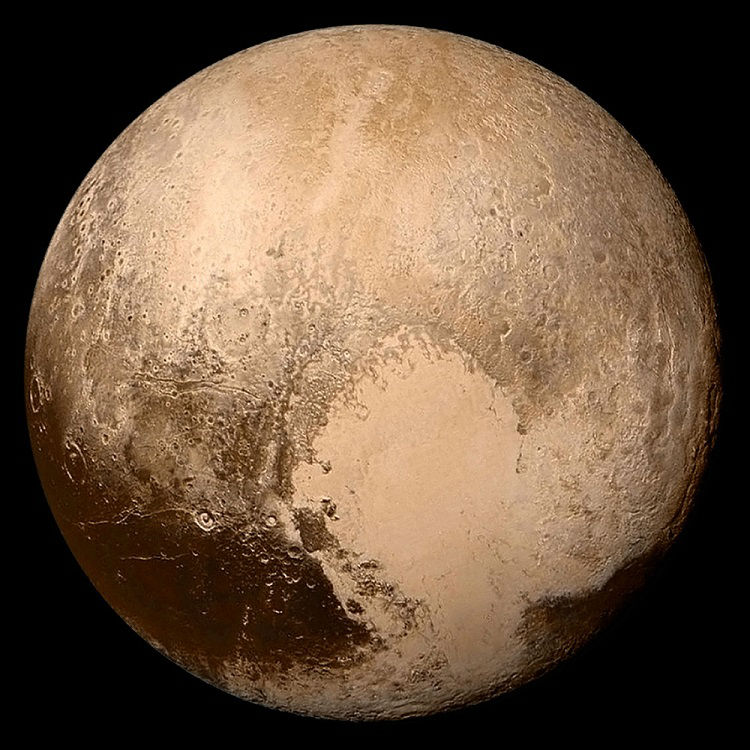 This planet... err dwarf planet... I mean what? Image: NASA / Johns Hopkins University / Southwest Research Institute.
This planet... err dwarf planet... I mean what? Image: NASA / Johns Hopkins University / Southwest Research Institute.
WHY 'DWARF' PLANET, ANYWAYS?
There's also class of star called a red dwarf. These are the smallest stars that can exist (according to known physics), and they're barely able to fuse hydrogen in their cores, so they emit much less light (and at lower wavelengths) than a main-sequence star like our Sun. This means their habitable zone is much smaller, and any habitable planet would need to orbit much closer to a red dwarf than Earth is to our Sun.
Smaller than red dwarfs, we go back to the brown dwarfs—objects capable of fusing some elements, but not hydrogen. It's hypothetically possible for a planet in orbit around a brown dwarf to be habitable, but the habitable zone around a brown dwarf would be very small and would shrink over time (as the brown dwarf runs out of elements it's able to fuse, and thus stops producing heat).
For some reason, objects in orbit around brown dwarfs are called planets, but objects in orbit around a planet like Jupiter are just moons. And to confuse you even further, some of the moons around Jupiter and Saturn may just be the most habitable environments in our Solar System (after Earth).
Considering that this 'dwarf' designation seems to imply some sort of limitation—ie. a red dwarf emits low-energy light, a brown dwarf cannot fuse hydrogen—one would think that a 'dwarf' planet would be similarly lacking in some area.
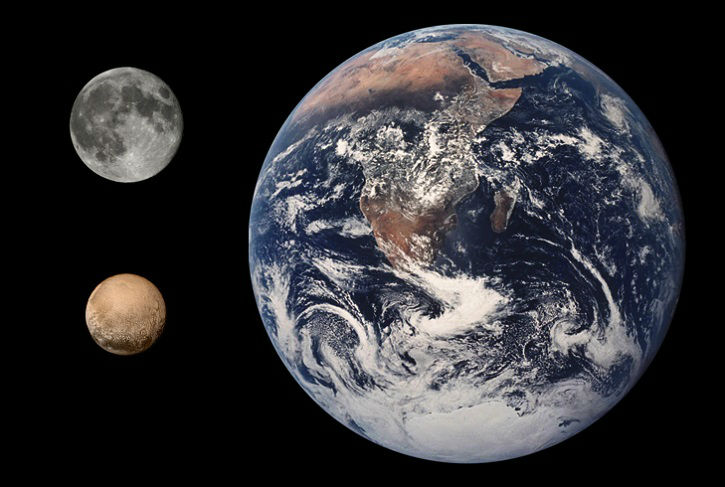 If Pluto and Earth's Moon got into a fight, Pluto would lose. Image: NASA / Johns Hopkins University / Southwest Research Institute.
If Pluto and Earth's Moon got into a fight, Pluto would lose. Image: NASA / Johns Hopkins University / Southwest Research Institute.
Ten years ago this month, back in 2006, the International Astronomical Union (IAU) voted on the specific criterion that would differentiate planets from dwarf planets:
-
A planet is a) in orbit around the Sun, b) is (nearly) round in shape, and c) has cleared the neighborhood around its orbit.
-
A dwarf planet is a) in orbit around the Sun, b) is (nearly) round in shape, c) has not cleared the neighborhood around its orbit, and d) is not a satellite.
-
All other objects, except satellites, orbiting the Sun shall be referred to collectively as "Small Solar System Bodies."
The only difference between a planet and a dwarf planet, according to the IAU, is that a planet has 'cleared the neighborhood', which is ambiguous. This appears to mean that planets are supposed to have complete dominance in their respective orbital planes. And for many of the eight planets in our Solar System, that's debatable.
As some have noted, Earth, Mars, and Jupiter have failed to clear their neighborhood of nearby objects, as there are thousands of asteroids—sometimes many kilometers in diameter—constantly crossing their orbital planes. Also, as NASA's Alan Stern has pointed out, Neptune hasn't even cleared its orbital neighborhood—if it had, Pluto and many other KBO's wouldn't be where they are (there are at least dozens of KBO's known to cross Neptune's orbital plane, of which Pluto is just one).
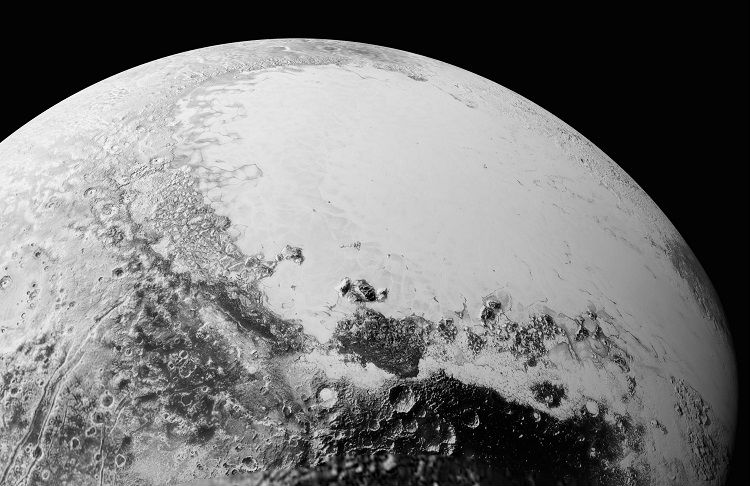 Close-up of Pluto's heart. Image: NASA / Johns Hopkins University / Southwest Research Institute.
Close-up of Pluto's heart. Image: NASA / Johns Hopkins University / Southwest Research Institute.
It's also worth noting that 'clearing the neighborhood' has little to do with the fundamental characteristics often associated with planets. Mercury is a barren, lifeless world that has nothing in common with Earth other than it's shape. Thanks to the data returned by NASA's New Horizons and Dawn missions, the dwarf planets Pluto and Ceres appear to be far more dynamic and Earth-like than Mercury, as each may host a liquid ocean beneath their mantles.
And then there are the gas giants, which remain planets despite having no surface upon which to stand or even land a rover. How does it make sense that half of the planets in the Solar System have rocky surfaces able to support roving vehicles while the other half have no surface upon which a vehicle could even set down? Shouldn't these different types of planets be part of their own distinct classification?
WHAT'S IN A CLASSIFICATION?
The whole point of classifying things at all is so that we can know what we're talking about when using specific terms—like liberal and socialist for classifying certain political parties, despite the exceptionally broad range of differing policies for each respective party under each classification. But it's easier for our brains to conceptualize if we can simply lump similar things together, as this enables us to make broad statements about a particular group in order to make communication more efficient.
Though it may be unfair in some instances, it's an efficient way to discuss things without, for example, having to explain all the characteristics of what a 'planet' is each time you talk about one of the planets in our Solar System. The roundness of Jupiter and the fact that it orbits the Sun doesn't ever need to be brought up nor explained, as those facts are all contained within the classification of Planet Jupiter.
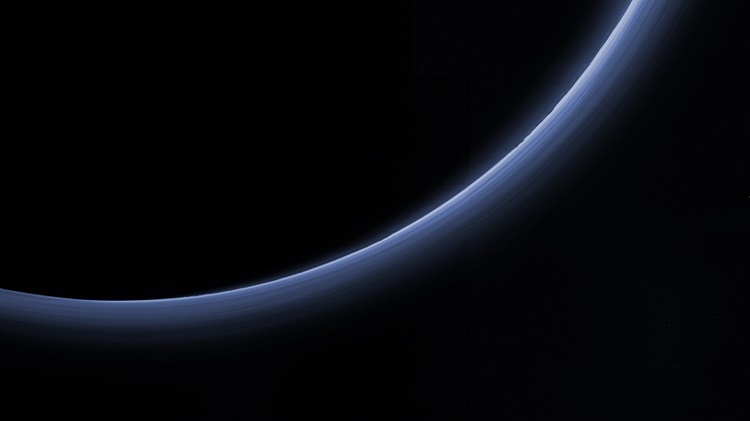 The blue haze of Pluto. Everybody knows that blue means planet. Image: NASA / Johns Hopkins University / Southwest Research Institute.
The blue haze of Pluto. Everybody knows that blue means planet. Image: NASA / Johns Hopkins University / Southwest Research Institute.
An on-the-ground example here is that we have a fairly clear definition of what the difference is between an island and a continent. Nobody would refer to Antarctica as an island, nor would anyone refer to the United Kingdom as a continent—they are each well within their classification of continent and island, respectively.
But some confusion still arises with regards to where continental lines are drawn. Is the Eurasian landmass one continent, or is it the two separate continents of Europe and Asia? The answer depends upon your worldview.
A geologist may look at Eurasia as one continent because it shares the characteristic of being joined on one large tectonic plate—the Eurasian plate. And attached to the Eurasian plate is the Arabian plate and the Indian plate, which are sort of like satellite plates of the giant Eurasian plate. But does that mean that they're separate continents too? Well, not necessarily, because continental divides are not identical to the boundaries of tectonic plates—if they were, we would have a lot more continents than we currently have.
To a historian, continental divides may correspond to epochs in human history. Europe and Asia are separate continents because, throughout most of human history, they had less direct contact between one another. Through that same lens, North and South America could be seen as one singular continent—that of America—because it was discovered and inhabited simultaneously by European settlers, and shares a sort of common history as a result.
And then, to an anthropologist, continental divides may be more cultural than geographical. India and parts of what's known as the Middle East have remained culturally distinct from the rest of Asia for most of human history, so it's natural to think of them as separate continents. But there's also a visible divide between South African states and North African states—does that mean there are two separate African continents just like there are two separate American continents? And if so, where does Central America fit in that picture?
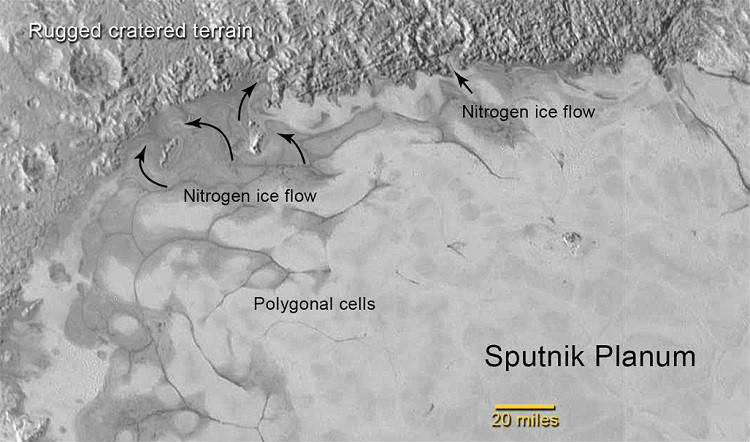 Confused about continents on Earth? Try figuring out Pluto's continents. Image: NASA / Johns Hopkins University / Southwest Research Institute.
Confused about continents on Earth? Try figuring out Pluto's continents. Image: NASA / Johns Hopkins University / Southwest Research Institute.
There's a similar situation going on here with the definitions of celestial objects. To an astronomer, who studies the movements and interactions between cosmic objects, a planet's orbital mechanics and gravitational influence on its neighborhood may seem to be of the greatest importance. But non-astronomers will tell you that there's a lot more to being a planet than orbital mechanics.
To a planetary scientist, the geological mechanics of a planet is of utmost importance. And the dynamic surface environments of Pluto and Ceres certainly do resemble what we think of as a planetary surface, whereas the surface environments of the gas giants have very different characteristics (non-rocky, non-geological).
Then there are astrobiologists, who view a planet's habitable environment as the fundamental characteristic of what a planet is. If Earth is our ideal example of a planet, then it follows that other planets should be places in which conditions may allow life to exist. Through this lens, Mercury is perhaps the worst example of a planet in our Solar System, as it is by far the least habitable environment (apart from the surface of the Sun) around, followed closely by the gas giants.
In fact, the plethora of newly-discovered frozen KBO's in the outer Solar System seem to host far more habitable environments than at least five of the eight 'official' planets in our Solar System. Many of these, Pluto included, may have substantial liquid oceans locked beneath their icy mantles, and environments like these may be our best shot at one day finding evidence of extraterrestrial lifeforms.
So, are we justified in classifying Pluto as a dwarf planet while other not-so-planet-like objects get to stay on as planets? I don't think so, because these classifications don't make any sense with regards to planetary science. So let's just throw out all of the terminology related to everything out in space that's smaller than the Sun and larger than a molecule and start from scratch.
While we're at it, how about we properly classify any asteroid larger than 300 meters in diameter as an "OH SHIT DOOMSDAY ROCK," because that's probably a more realistic way to conceptualize a mountain-sized asteroid zipping around our orbital neighborhood at 72,000 kilometers per hour. Just saying...




